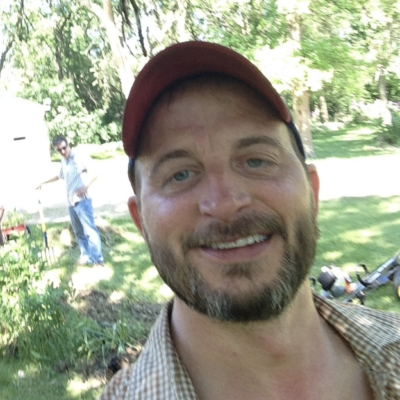Can you ever say with certainty that your project will be a success? Nope. You can’t. But running a premortem – a thought exercise in which you imagine what could go wrong and decide how to prevent it – in the early or middle stages of your project goes a long way.
Take a recent project I worked on, for example. The team was split between two time zones, it wasn’t a high-profile project with lots of executive support, and it was the first time most of us had worked together. For some of us, it was the first time we’d met.
It was difficult to know if our project would be a failure or a success because we didn’t have a shared context from which to talk about strengths, weaknesses, and risks. We hadn’t developed a sense of trust in each other, either. This was further compounded because we were distributed across several locations – fewer chances to get to know each other or get a read on how teammates were feeling about the project.
What’s more, trust is crucial to how teams work today. Without it, confidence in our ability to deliver something customers value and delight in drops dramatically. And trust is built from open conversations about everyone’s ideas, expectations, and assumptions about a project. We were starting from scratch when it came to trust, so beginning our journey with a premortem was an excellent way to immediately build trust and provide the clarity and confidence we all needed to support each other and get s**t done.
I’d heard about premortems since they’re featured in the Atlassian Team Playbook and was intrigued. I’d just never done one before.
Doing trust falls from 1,000 miles away
Trust falls sound nice and all, but many people can’t physically reach out and catch a teammate. (This is only getting more common. The future of work is remote, after all.) Besides, the real question is why you’d want to put your team through the hell that is the trust fall in the first place. They’re the team-building exercise everyone loves to hate.
So we decided to try a premortem as a different way of building connections between teammates. A way that would also help us manage risks and clarify everyone’s role on the project.
A premortem is all about ensuring your project is providing the expected value by visualizing all the ways the project could fail (or succeed beyond your wildest dreams) while there’s still time to do something about it. The good people at outlets like Freakonomics and Harvard Business Review have written about premortems in recent years (so you know it’s a Thing™), but I’ll summarize it here for you:
- Gather your project team around a whiteboard or a digital alternative like a Trello board.
- Brainstorm all the ways your project could run into trouble or just plain fail.
- Analyze the risks based on how likely they are to occur and what the impact would be.
- Decide which risks you’ll tackle.
- Assign owners and due dates for the tasks you’ll take on in order to address these risks.

Why premortems are a win-win-win
This isn’t a typical agile ceremony. This is about envisioning. So you have to be a bit vulnerable in front of your teammates. Don’t hold back. Your imagination is needed but should be informed by facts so you don’t inadvertently send your team off on a wild good chase.
Every team member’s input is valuable here. No exceptions. If your team takes the leap of faith this requires, chances are very good you’ll all come out of the premortem with a deeper sense of connection.
Having talked through risks and made a plan to mitigate them, you’ll walk away feeling a lot more confident in your project’s chances for success. Not only that, but the process of assigning action items and owners reveals a lot about what each person’s role is on the project. Or, I should say, what they understand their role to be. Thus, it’s a perfect opportunity to clarify roles and responsibilities on the project overall. Everyone leaves the room with a clear, shared understanding.
By the time our project was ready to go live, everyone understood their role and how that role could change if things went sideways. And, on the go-live day, we actually did have a little hiccup! But nobody flinched, because we had a contingency plan in place, and everyone knew what to expect. No one was upset, and everyone hit their marks.
Fascinatingly, the biggest benefit for the people involved didn’t feel like the actual thing we shipped. Instead, it was discovering how candid discussion can increase confidence, clarity, and trust.
Ready to give the premortem technique a try? Find full instructions and tips inside the Atlassian Team Playbook – our free, no-BS guide to unleashing your team’s potential.





 )
) 





































